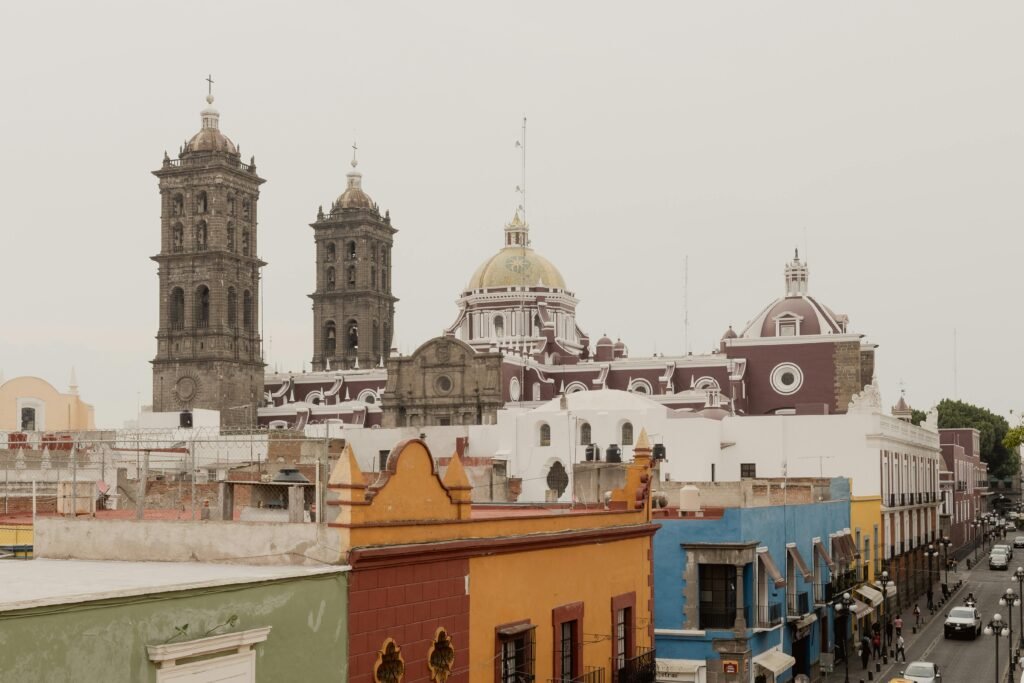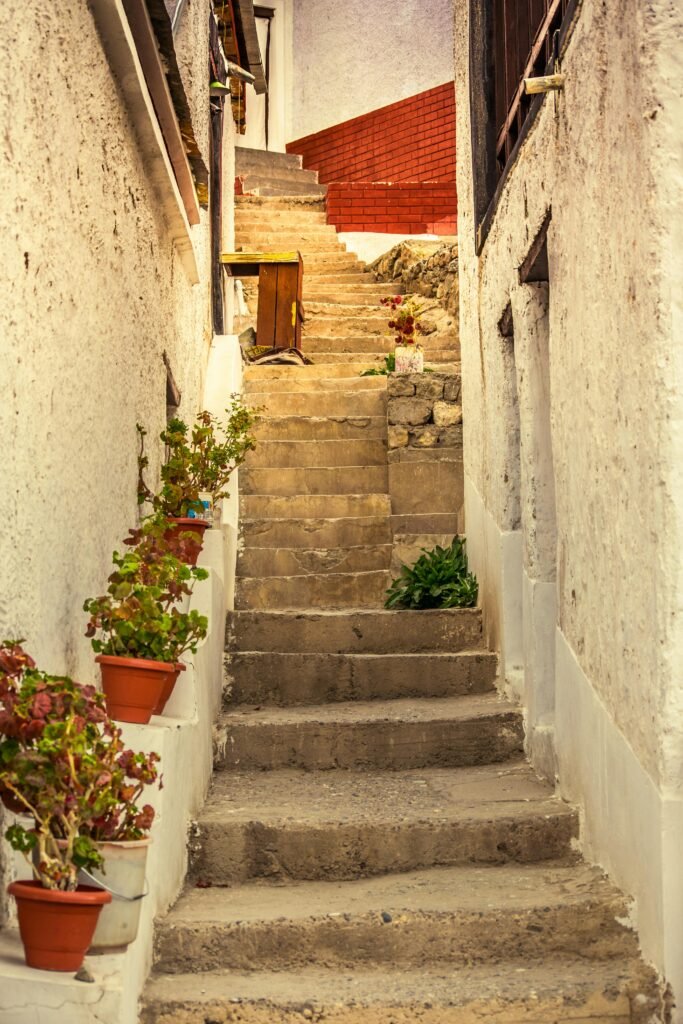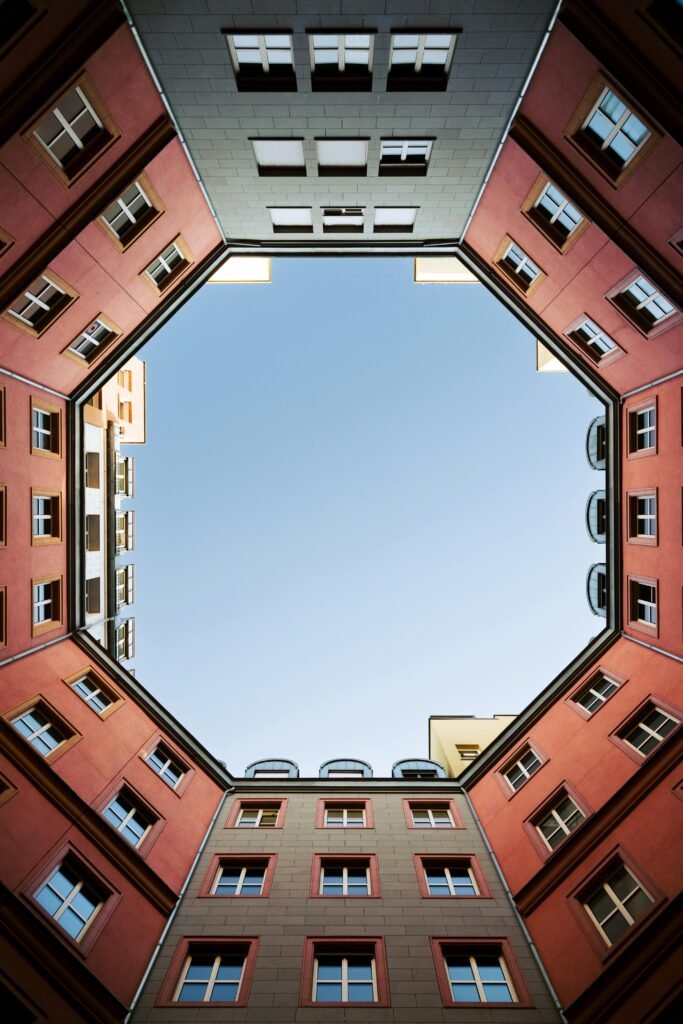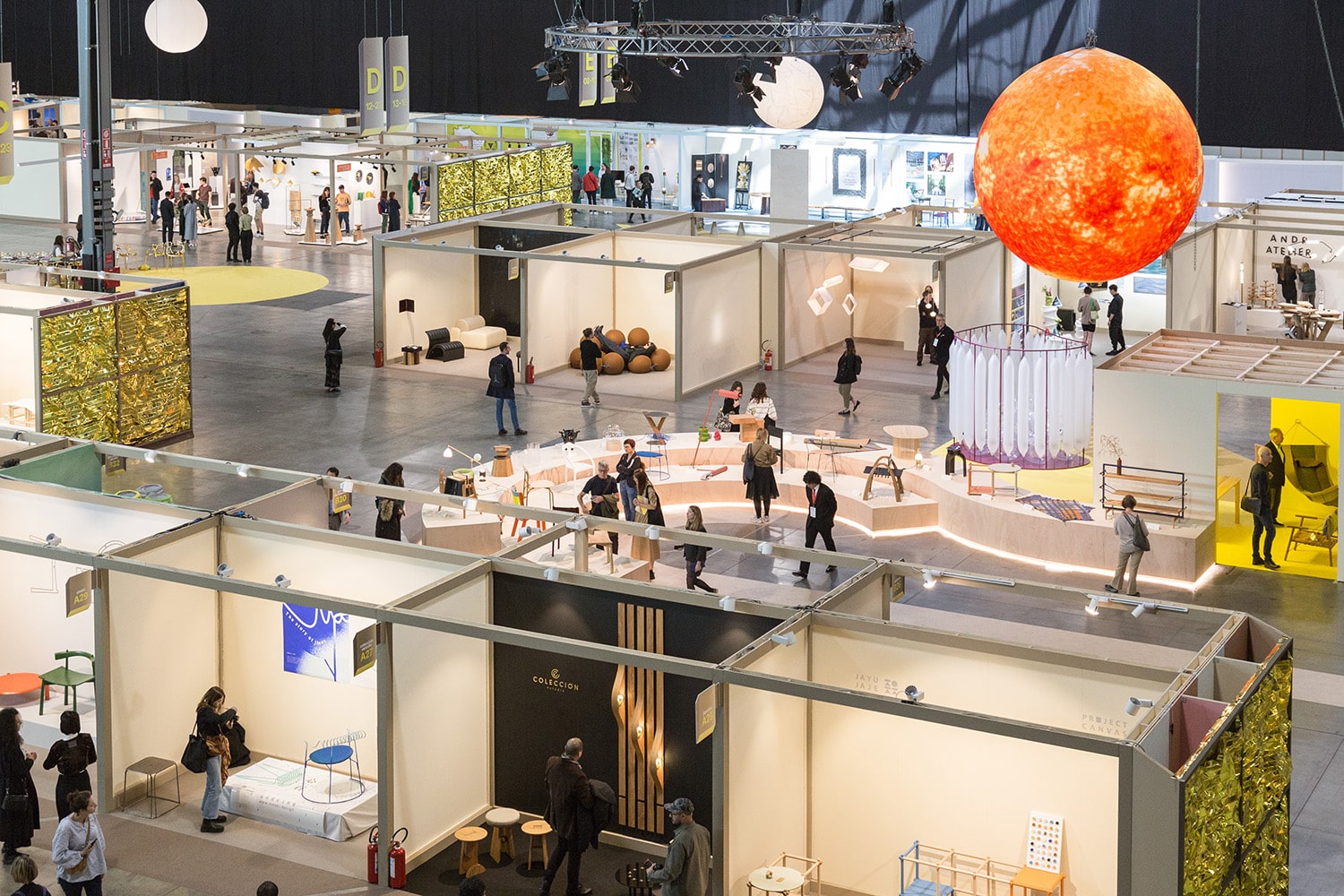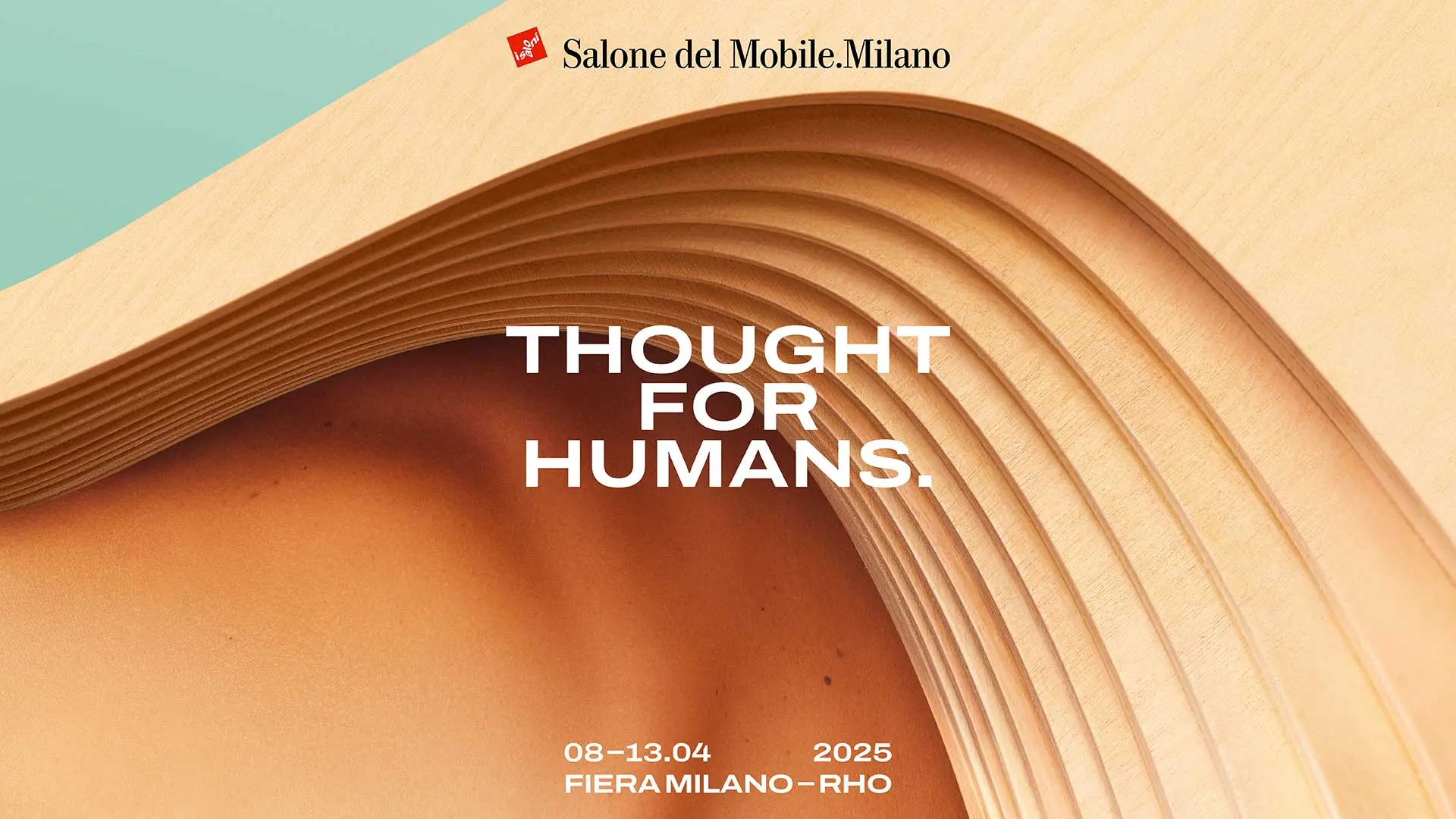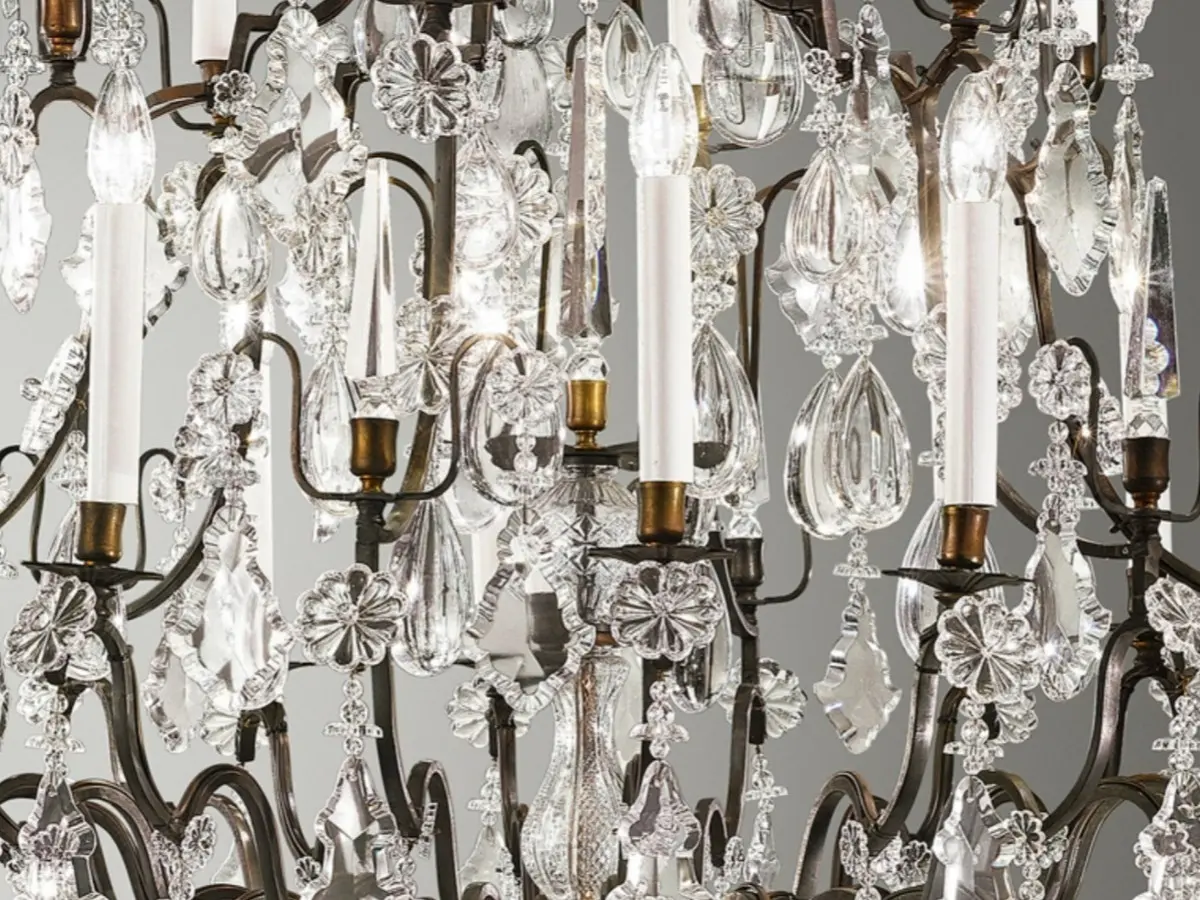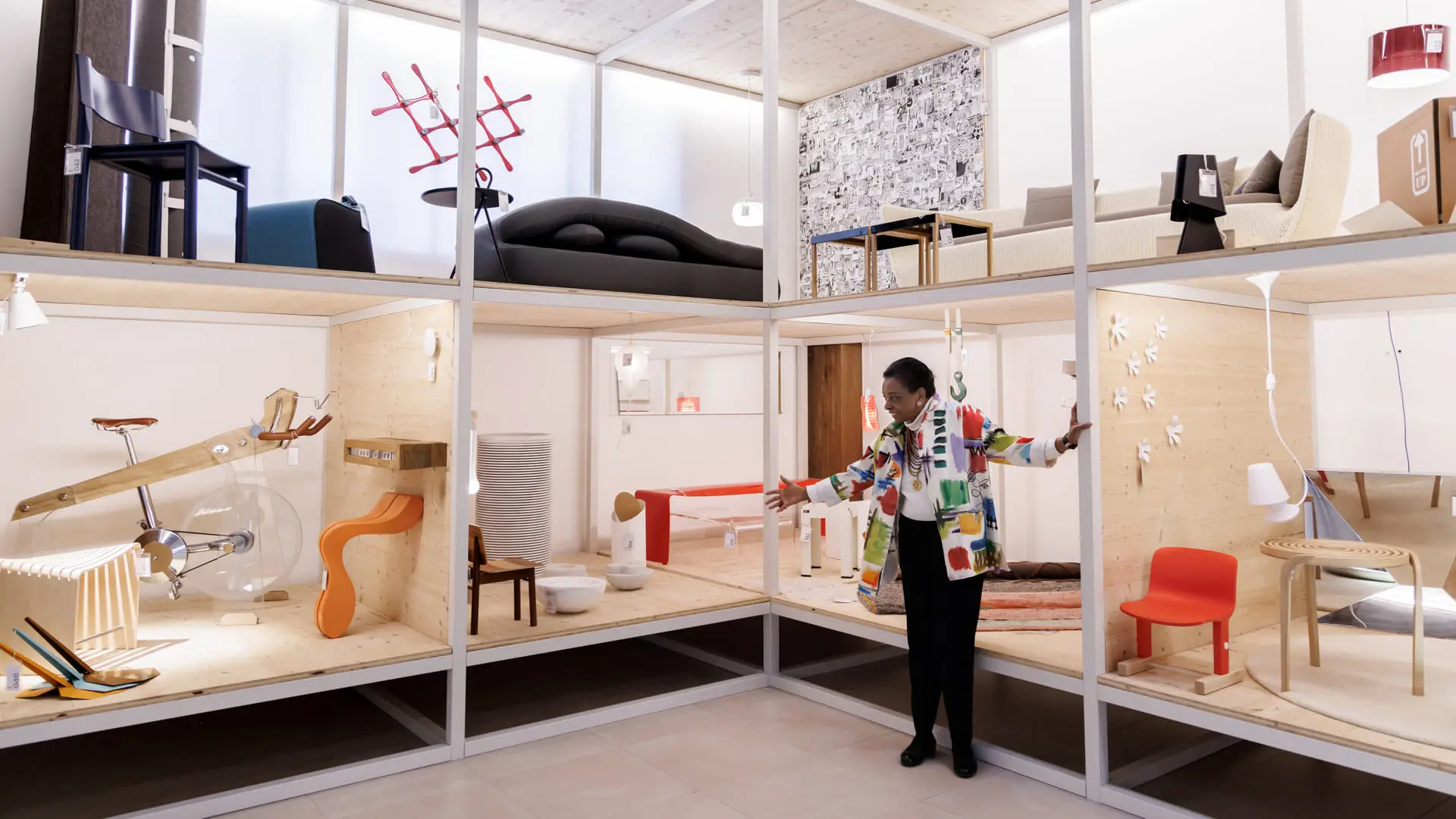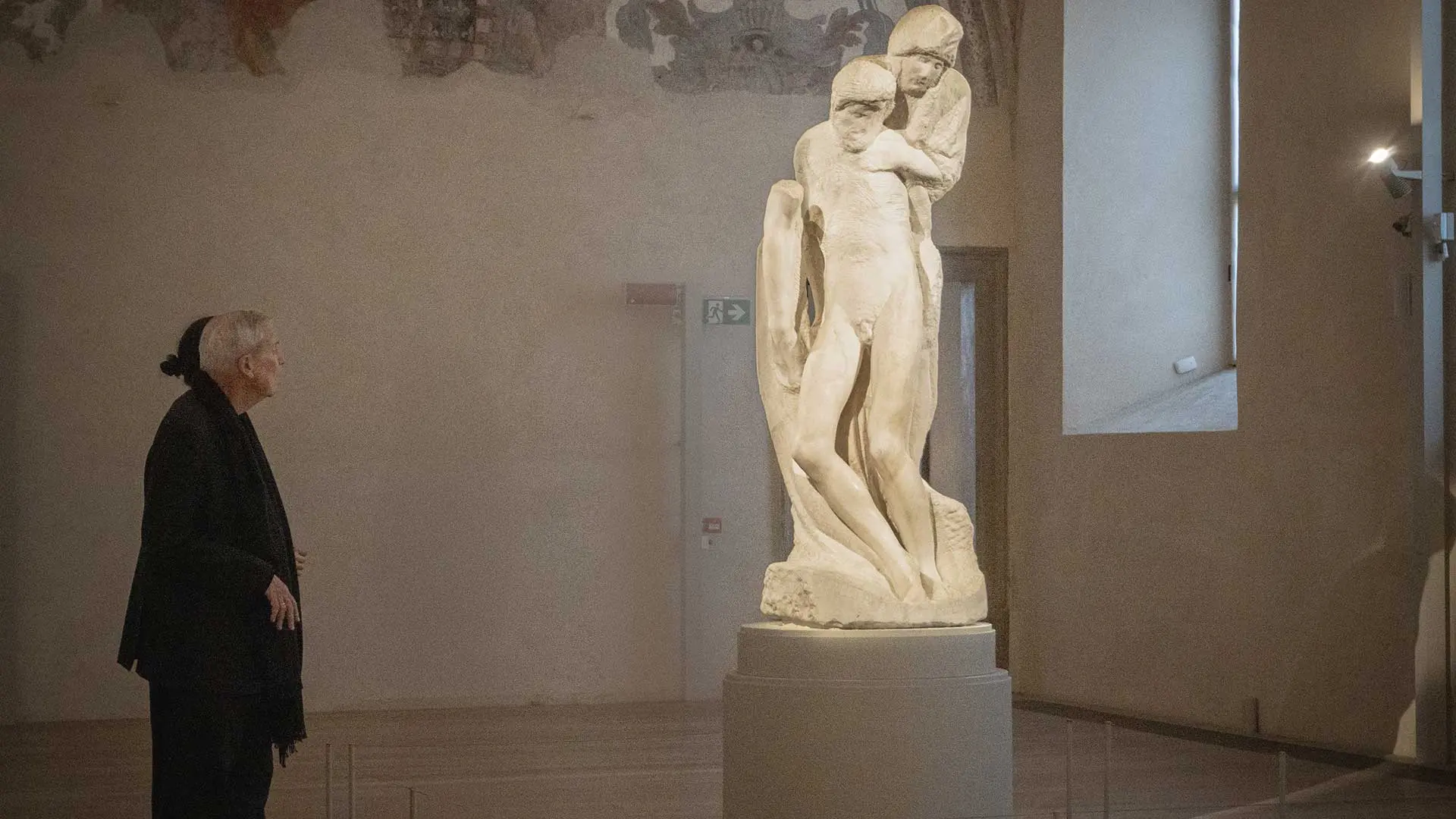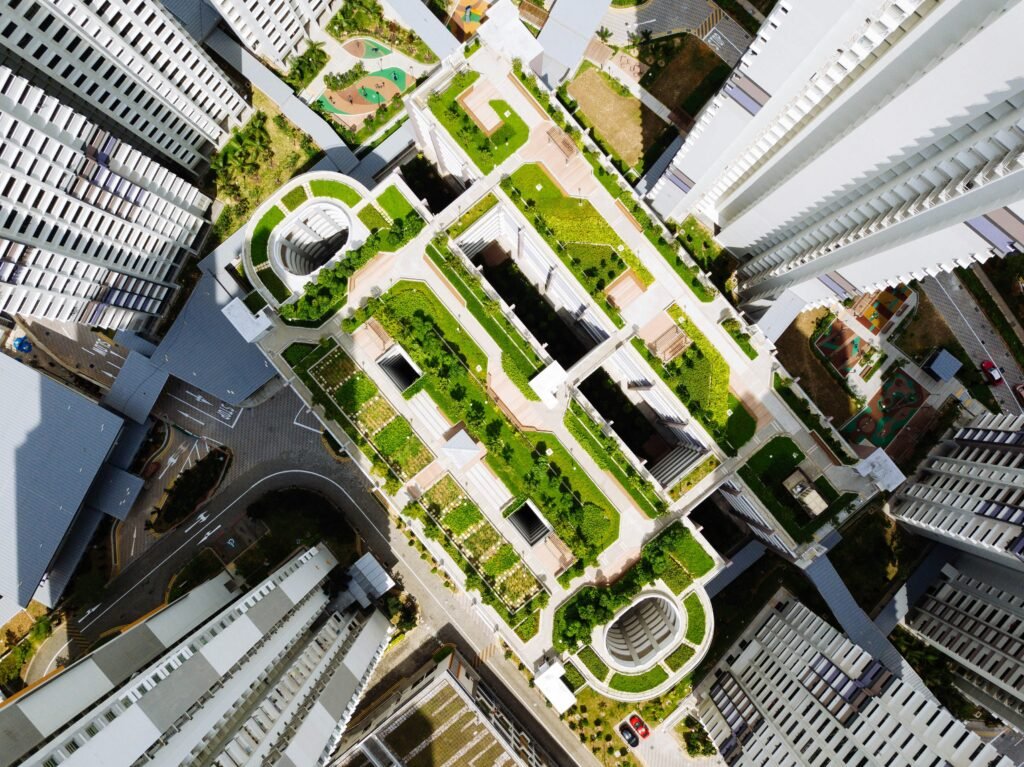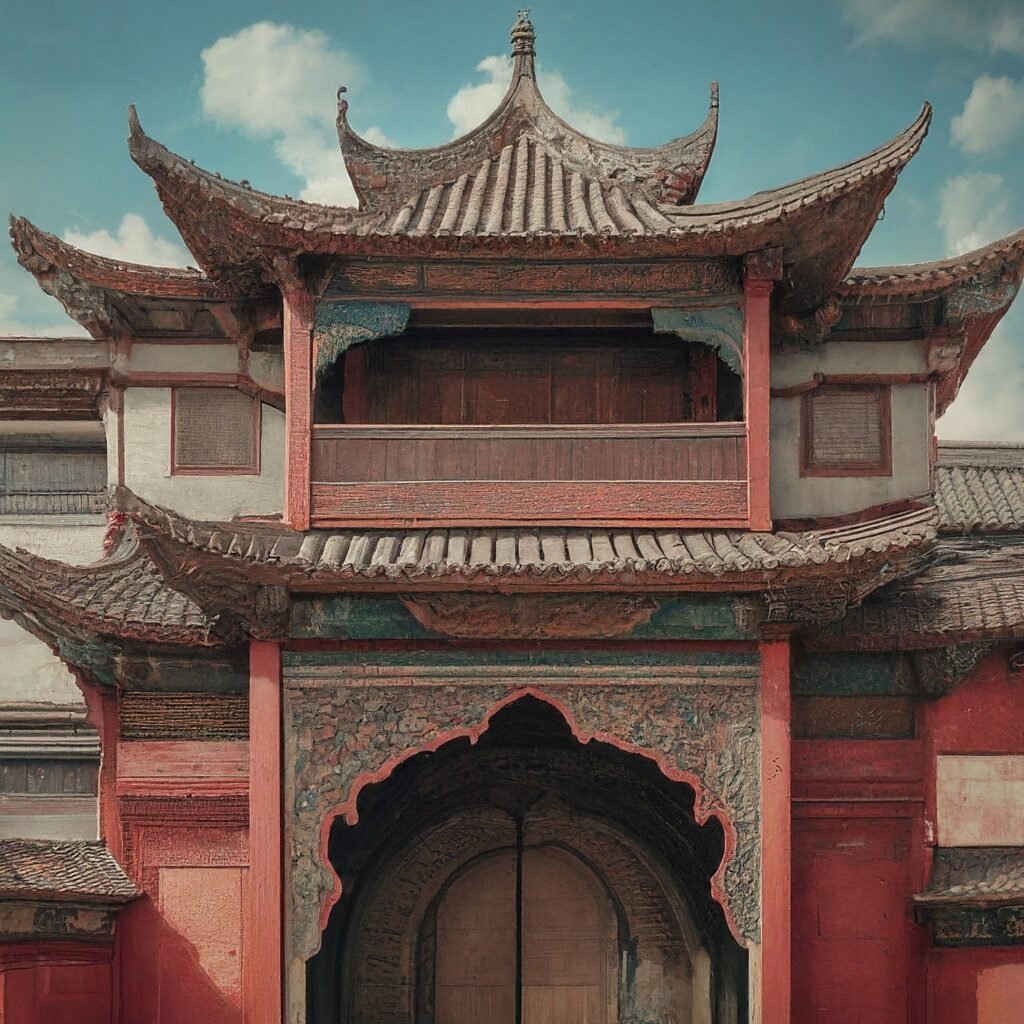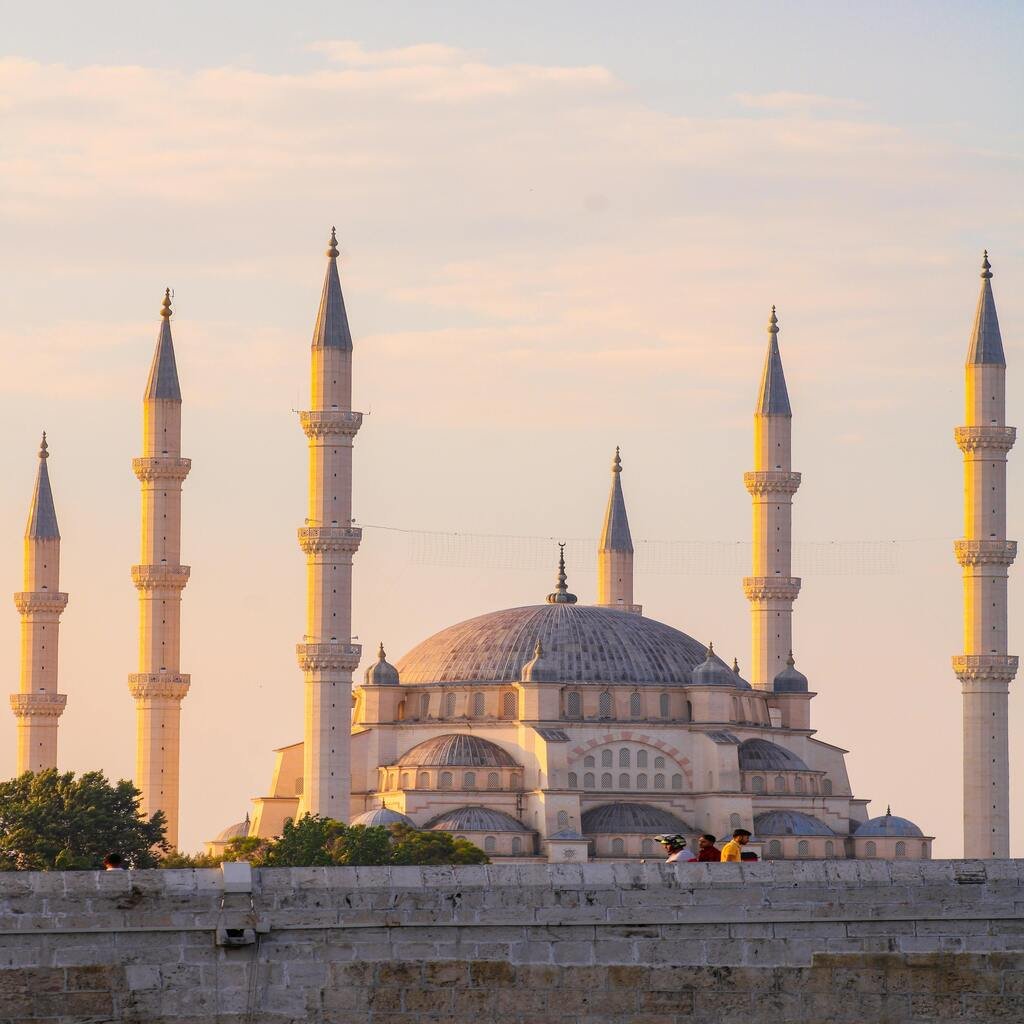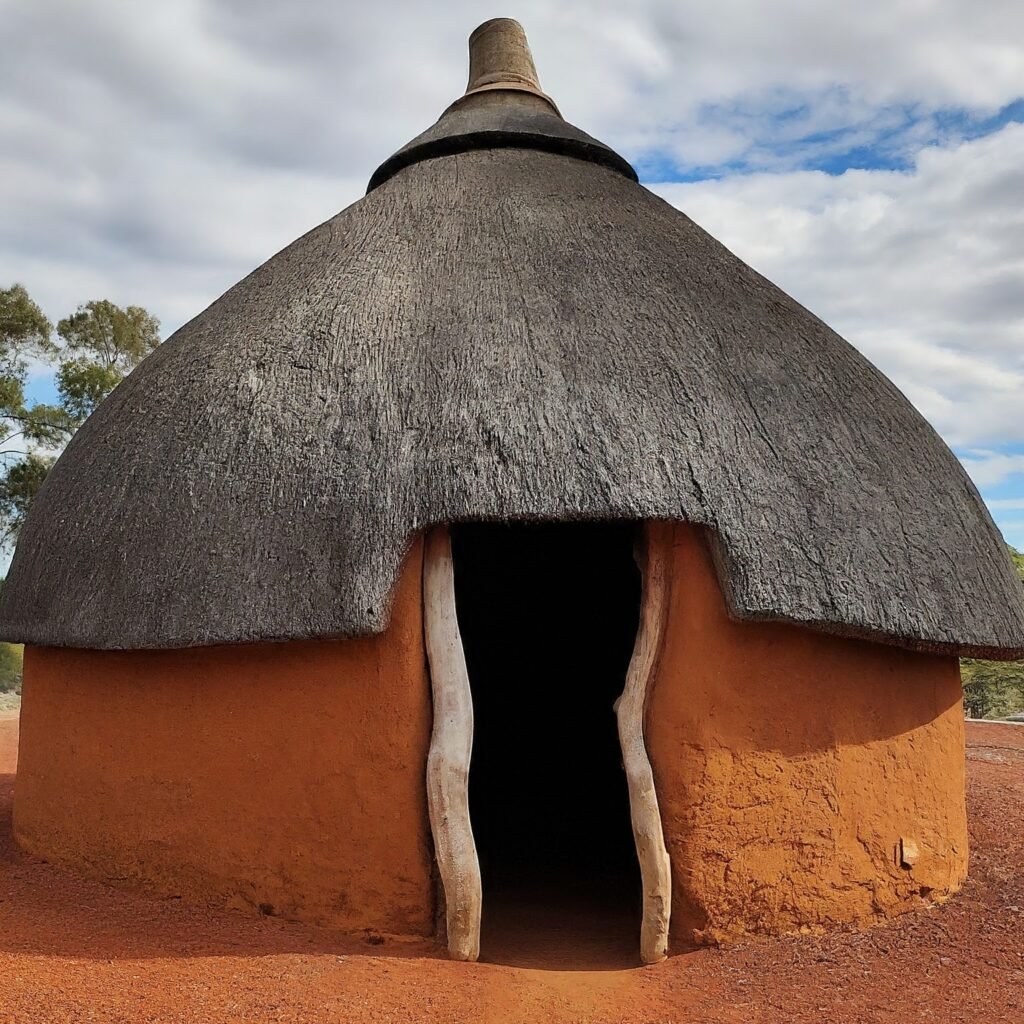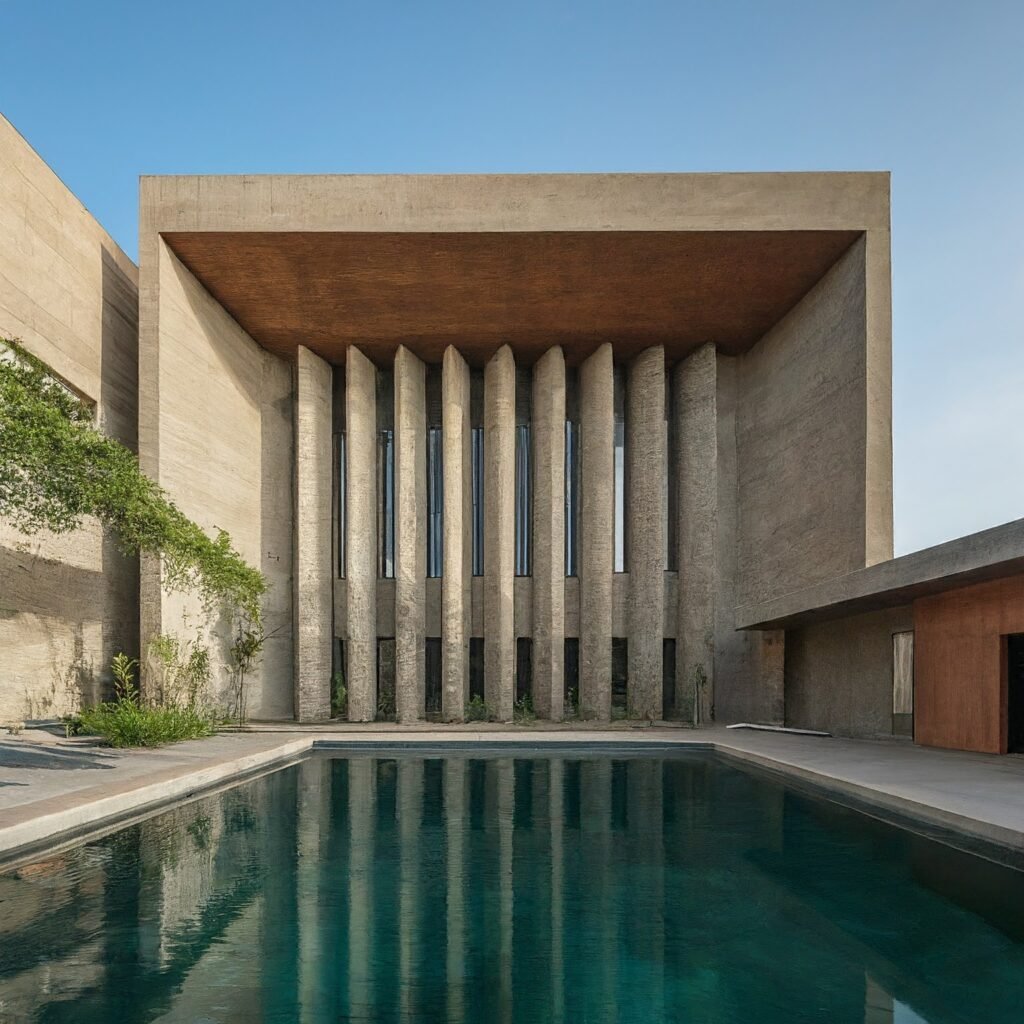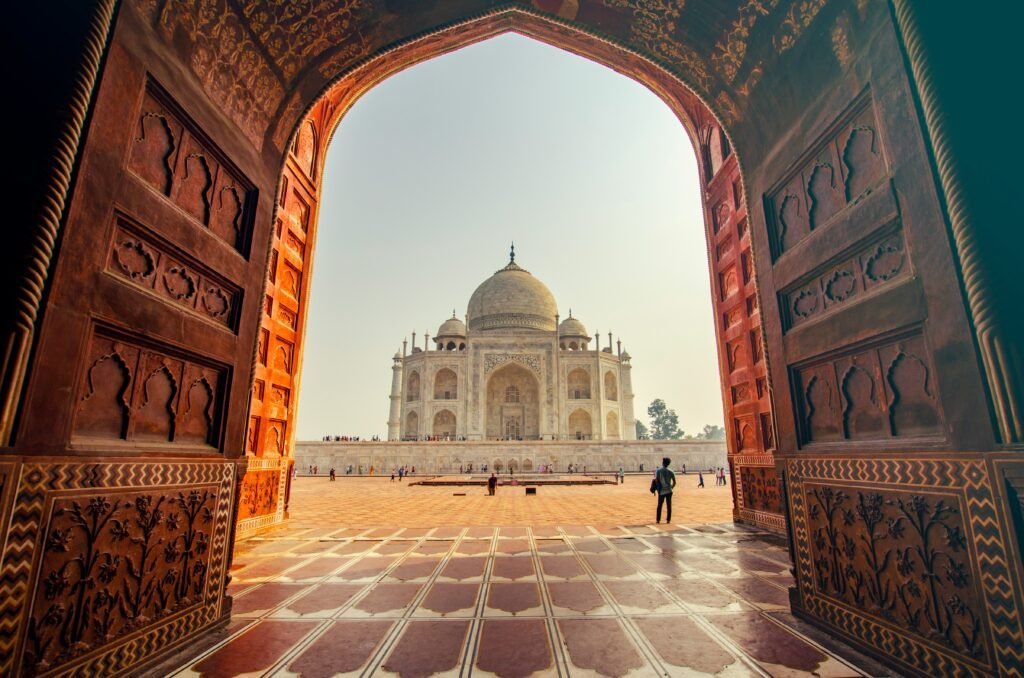The invisible ways your environment affects your mood, focus, and peace of mind.
There’s a room in my grandmother’s house that makes me cry. Nothing bad ever happened in it. No trauma, no arguments, not even furniture with sharp corners. But the light falls in a certain way—slow, sideways, sacred. And when I stand in it, I feel like I’m remembering something that never happened.
This is the emotional power of space. And we’ve been ignoring it for far too long.
Architecture isn’t just about buildings. It’s about feelings—held, projected, echoed back to us in concrete, wood, steel, and silence. Every room is a mood. Every hallway is a suggestion. Every home is a soft attempt at safety or a quiet declaration of control. We don’t just exist in space. We become in it.
Space Is Not Passive. How Architecture Affects Emotions
Most people treat architecture like background noise—a backdrop for real life. But space is never neutral. It’s a silent manipulator. A psychological language spoken through light, proportion, material, and form.
A low ceiling makes you shrink. A vaulted dome makes you look up and feel humbled. A windowless corridor breeds anxiety. A sunlit nook with soft textiles makes you feel safe.
Design is emotional choreography. It moves us, quietly, continuously. It shapes our thoughts, behavior, and memories. Whether intentional or not, architecture affects mood—and once we realize that, the world becomes charged with new meaning.
The way we feel inside a space isn’t incidental. It’s designed.
Spaces That Speak: Real-World Examples of Emotional Architecture
Want proof that architecture impacts emotion? Walk into an airport. The ceilings soar, the acoustics hum, the light is sterile. You’re not meant to linger or feel at ease. It’s a space designed for transience, and it makes sure you feel that.
Now step into a cathedral, or a centuries-old mosque, or a minimalist shrine. The air thickens. The light becomes spiritual. Time slows. These places weren’t just built to contain people—they were designed to elevate emotion.

Other emotionally charged spaces:
- Brutalist Government Buildings: Harsh, imposing, authoritarian. You feel small and surveilled.
- Scandinavian Minimalist Homes: Calm, clean, but sometimes emotionally cold. Space as an escape from chaos.
- Libraries: Often intimate and sacred. Places of internal expansion.
- Hospitals: Traditionally clinical and unsettling, but now being reimagined with healing design in mind.
- Your Own Bedroom: Safe haven or emotional landfill? The architecture of this space reflects your current state.
We can all recall a place that changed our mood the moment we entered it. That’s not magic. That’s spatial psychology.
The Rise of Emotionally Intelligent Design
Forward-thinking architects are no longer ignoring the emotional impact of space. The best ones design with feelings in mind—not just function or aesthetic.
Emerging fields and practices include:
- Trauma-Informed Architecture: Spaces built for safety, healing, and recovery.
- Biophilic Design: Integrating nature into interiors to reduce stress and increase well-being.
- Wellness-Centered Design: Think: sunlight, airflow, soft edges, natural textures, and fewer harsh lines.
- Neuroarchitecture: A discipline studying how our brains and nervous systems respond to built environments.
Tadao Ando uses bare concrete and light like a poet uses silence. Zaha Hadid twisted form until it melted into feeling. Today, designers are exploring how spatial elements trigger emotional and even physiological responses—calm, tension, joy, trust.
Architects are finally treating emotion as a material. One as critical as steel or glass.

Designing Emotionally at Every Level
Even if you’re not designing cathedrals, you’re designing something. Your home, your desk, your favorite café corner—these spaces affect you. You can feel emotionally empowered or emotionally depleted, depending on how space interacts with your nervous system.
Ways to shape space with emotion:
- Light: Natural light regulates mood and sleep. Harsh overheads = anxiety.
- Color: Warm tones often calm. Cool tones may energize or isolate.
- Texture: Roughness grounds. Softness soothes. Contrast adds stimulation.
- Layout: Open vs. intimate. Flow impacts tension or calm.
When you design with feeling, you’re not decorating—you’re storytelling.

Why This Matters More Than Ever
We’re living in an era of heightened stress, overstimulation, and digital disconnection. Our environments should not add to the noise. They should help us slow down, reconnect, remember.
Architectural wellness is not a luxury—it’s survival. The emotional impact of space can affect:
- Mental health
- Productivity and focus
- Sleep and recovery
- Creativity and connection
We need spaces that support nervous system regulation. That offer softness. That say, “you can rest here.”
This is the future of architecture: empathetic, aware, alive.
You Are Already in Conversation With Space
You may not think of yourself as a designer, but you’re already shaping the world around you. Every object you place, every corner you claim, every light you switch on—it all speaks.
- That messy pile in the hallway? It creates friction.
- That one chair you always sit in? It’s your emotional anchor.
- That wall of books? Memory and aspiration, stacked together.
Your space is a mirror. A diary. A collaborator.
Listen, Then Build
The next time you enter a room, ask yourself: What does this space want me to feel? What does it actually make me feel? And what can I do to align those?
Design is not about perfection. It’s about intention. A well-placed chair can change your day. A sunbeam can save your week.
The walls are already speaking.
It’s time we learned how to listen.
Written for Architecture Wave
Because walls don’t just hold us. They speak.


